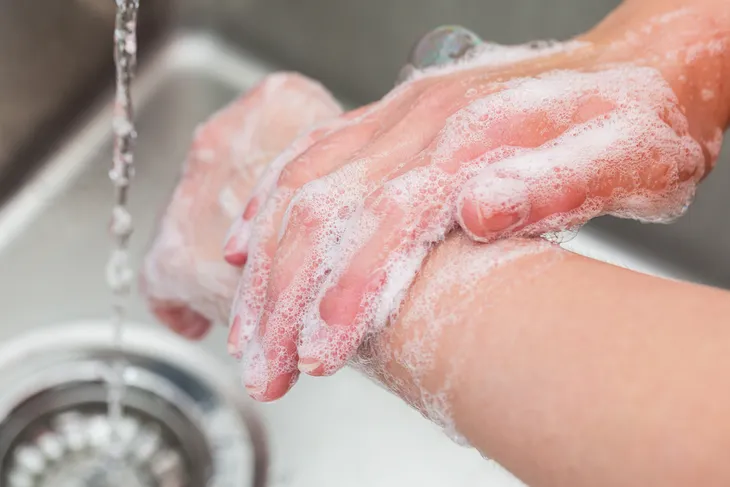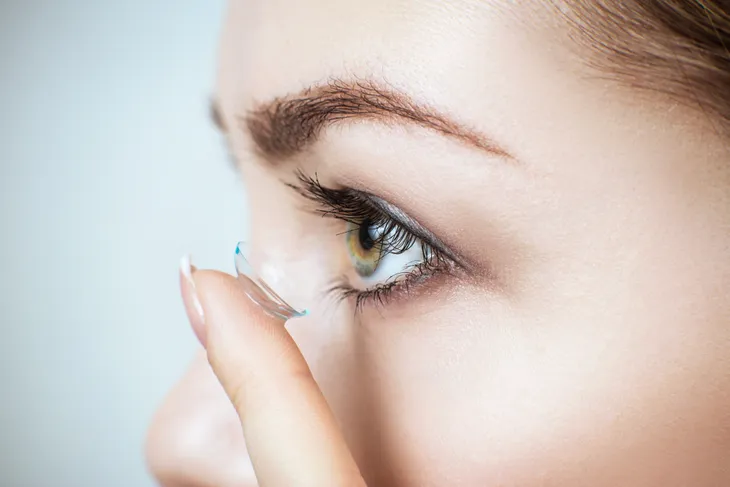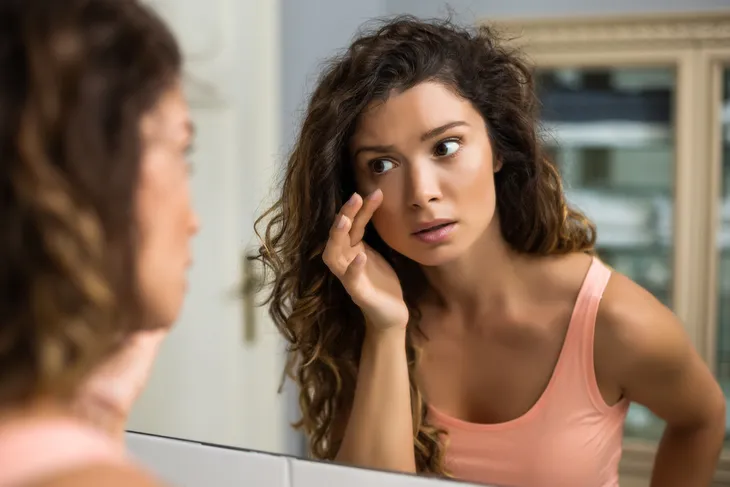You may have never heard of an eye sty (or stye), but chances are you’ve had one or will have one at some point. A sty (medical term: hordeolum) appears almost like a pimple on the eyelid and is caused by the blockage of a gland that becomes infected. The area gets red and bumpy, causing pain and swelling that can mimic pink eye symptoms.
A sty (not to be confused with a Chalazia, a painless eyelid-area bump) can be external or internal to the eyelid and is usually caused by a bacterial infection from the gland blockage. While they aren’t a threat to your vision, they can cause some concern and panic. They don’t usually require medical treatment as they mostly go away on their own. Here are five other things to know about a sty…
Wash Hands and Face Regularly
It’s always a good idea to regularly wash your hands, but rubbing your eye with dirty mitts can cause the blockage of the gland in the first place. Soap and warm water are a must when cleaning your hands.
Not only will dirty hands cause a sty, but dirty eyelids can as well. So don’t forget to wash your face with soap and water regularly, or you could be spying a sty with your little eye. Makeup residue is another cause of clogging of the glands, so make sure you get it all off each day.
Cleanse Your Contact Lens
Many people rely on contact lenses to see, but if you don’t use the correct solution to cleanse them or insert them with dirty fingers, you can greatly increase the risk of developing a sty.
If you do develop a sly sty, it’s probably best to forego wearing contacts until it has cleared up, added the clinic. Dig out that spare pair of glasses. Nothing needs to come in contact with your eye, and you can give the lenses a quick clean to be on the safe side.
Just Deny the Sty
Okay, so this was an attempt to be clever with a headline…but the bottom line is, don’t try to treat the sty yourself. It will run its course in a matter of days and drain itself, so don’t try to speed things up. If you do, you could make the sty a lot worse in the process.
The Better Health Channel says to avoid touching, rubbing, or squeezing the pimple. This can actually cause the infection to spread. Lancing may be necessary in rare occasions, but leave that to the medical professionals.
Pre-existing Conditions Can Raise the Risk
Although a sty is relatively rare, some may be at more risk than others. For example, those with blepharitis (chronic inflammation along the edge of the eyelid) or rosacea (chronic facial redness) could be more likely to develop a sty, says the Mayo Clinic.
You may also have a habit of rubbing your eyes, which could be contributing to the risk factor. Due to this fact, children are actually more likely to develop a sty than an adult. This is because they may not realize the dangers of dirty hands near their eyes.
The Best Treatment is Warm Water
While you may feel the urge to rub the eye, apply creams (your doctor may prescribe one in some cases), or apply ice to numb the pain, apply a warm washcloth or even a warm teabag can have the best results.
The key is to use only clean, sanitized materials to lessen the spread of dirt and bacteria. Make sure your washcloth is clean and never use the same cloth or tea bag on both eyes to prevent the transmission of dirt and grime.
DIY Sty Treatment
Healthline sets out pretty thorough instructions on cleaning and treating a sty in the eye. As stated above, the best treatment starts with a simple solution of warm water.
Use a warm (not hot) washcloth that is damp and not dripping. Lay back and place the cloth over the eye for 5 to 10-minutes, suggests the site. With the teabag, you actually make a cup of tea with boiling water and use the tea bag (once it’s cooled enough) over the eye for up to 10-minutes. Don’t use the same tea bag or washcloth for both eyes.









